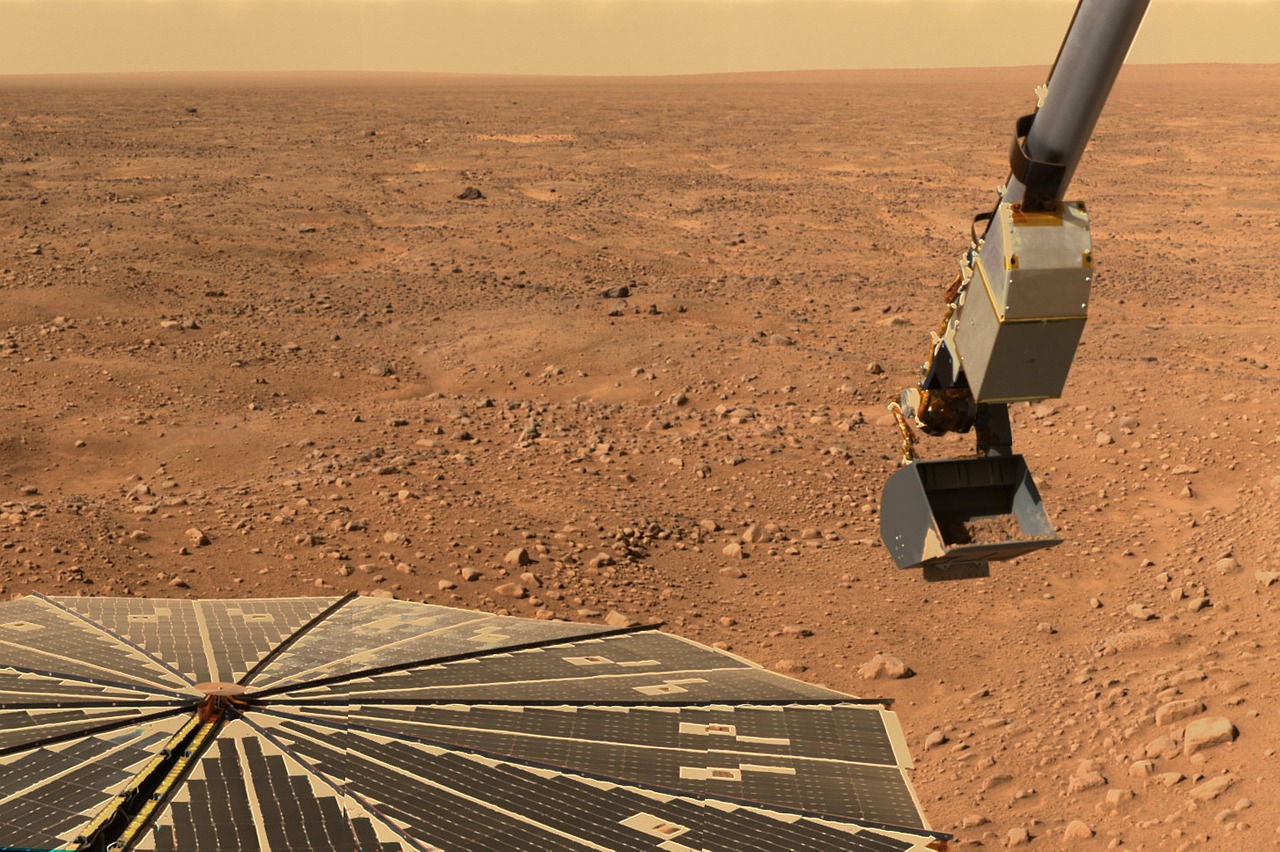Scientists close to achieving over 20% efficiency for dye-sensitized solar cells
10/14/2018 / By Frances Bloomfield

Solar power may be one of the cleanest forms of energy, but affordable and efficient it is not. According to SolarPowerAuthority.com, a five-kilowat solar panel system can set you back at least $25,000, while an $18,000 system can have a payback period of approximately 20 years. Fortunately, some people are working to change that, and Thomas Hamann is one of those people. The associate professor at the Michigan State University‘s department of chemistry is working on a new paradigm that will bring solar technology one step forward.
Hamann and his team are focusing their efforts on dye-sensitized solar cells (DSSC), a thin-film photovoltaic cell that is easy and cheap to manufacture. Though affordable when compared to other thin-film solar cells, dye-sensitized solar cells are notorious for their rather mediocre conversion efficiency.
“The best dye-sensitized solar cells achieve more than 10 percent solar-to-electricity power conversion efficiency,” Hamann explained to MSUToday.MSU.edu. “They fall short of their 20-percent potential level largely because of energy lost in each electron-transfer step.”
To remedy this, Hamann and his team looked to one of the core components of dye-sensitized solar cells: redox shuttles. “All redox shuttles investigated to date have been generally constrained to a small potential window in order to minimize the driving force of dye regeneration with optimized, existing dyes,” stated Hamann. “This energy constraint limits the ability to fully understand and optimize the kinetics.”
Hamann’s team improved the efficiency of redox shuttles by developing new redox shuttles that were based on cobalt. Changing the ligands — or molecules that bind to larger molecules — allowed them to control the rate of electron by a considerable margin, effectively boosting the efficiency of dye-sensitized. solar cells as well. (Related: Solar power could get even more affordable as scientists discover way to replace platinum components with 3D graphene.)
Additionally, redox shuttles are the part of the solar cell that move electrons, and the part that has received considerably less attention that the light-absorbing semiconductor. Through their efforts, however, they hope to encourage more research into redox shuttles, and subsequently, make further improvements to solar cells as a whole.
Hamann elaborated, stating: “Solving the conundrum of finding renewable energy has always been a goal of my research. I enjoy attempting to solve important problems, and I believe we can find sustainable approaches, build new transmission lines and develop new storage batteries to solve these issues.”
Fast facts on dye-sensitized solar cells
- The concept of dye-sensitized solar cells goes back as far the 1960s and 1970s; however, the idea behind modern dye-sensitized solar cells can be traced back to 1988, when it was co-invented by Michael Grätzel and Brian O’Regan at UC Berkeley. As such, dye-sensitized solar cells are also referred to as “Grätzel cells.”
- The technology behind dye-sensitized solar cells was inspired by artificial photosynthesis, wherein light-absorbing dye acts similar to chlorophyll, and electrolytes and catalysts act like the parts of the leaf that perform photosynthesis.
- Dye-sensitized cells have numerous advantages apart from being easy and affordable to manufacture. They can work in low-light conditions, meaning they don’t require direct sunlight and can even function under cloudy skies. Compared to standard silicon-based solar panels, dye-sensitized solar cells are able to absorb more sunlight per surface area. Finally, dye-sensitized solar cells are typically built from abundant and stable resource materials, making them highly economical in the long run.
- Because of their benefits, dye-sensitized solar cells are gaining prominence in the solar market and have gained more use in building-integrated photovoltaic (BIPV) applications.
See SolarPanels.news more stories on scientific developments and breakthroughs.
Sources include:
Tagged Under: breakthrough, discoveries, dye-sensitized solar cells, energy, energy sources, environment, future tech, renewable energy, research, science breakthroughs, solar power



















